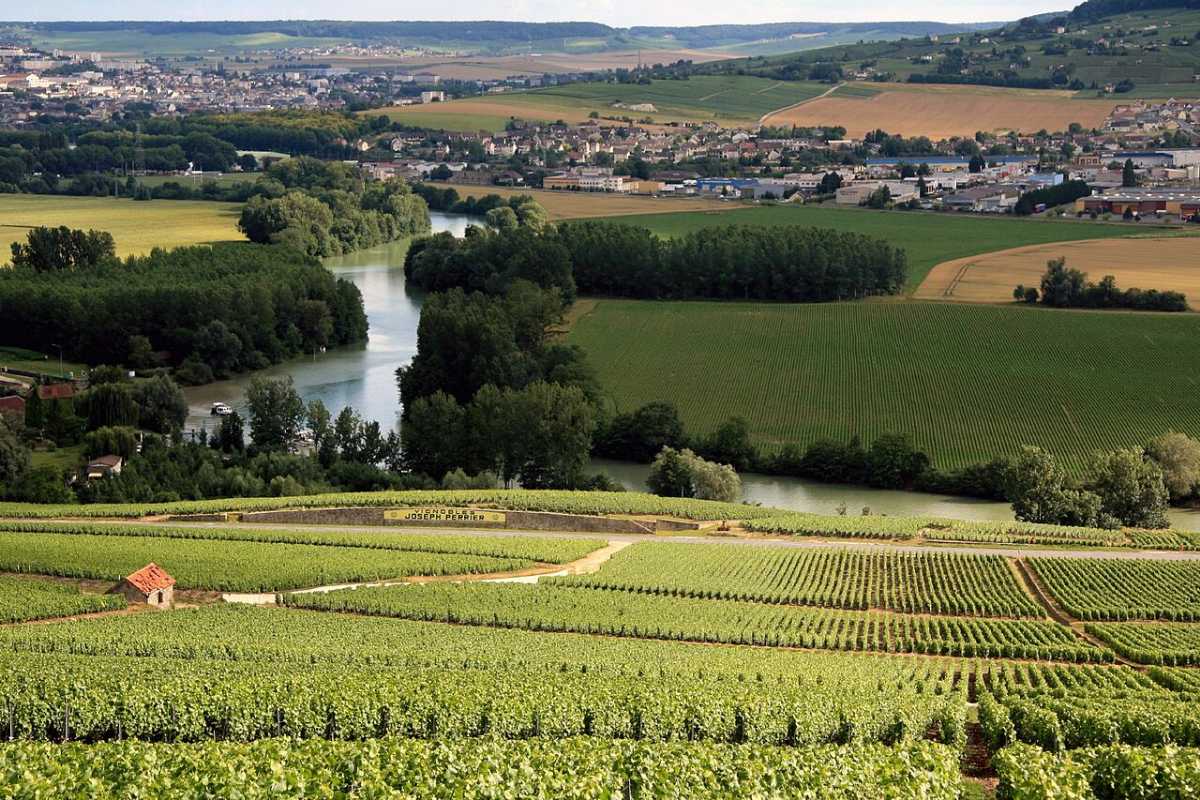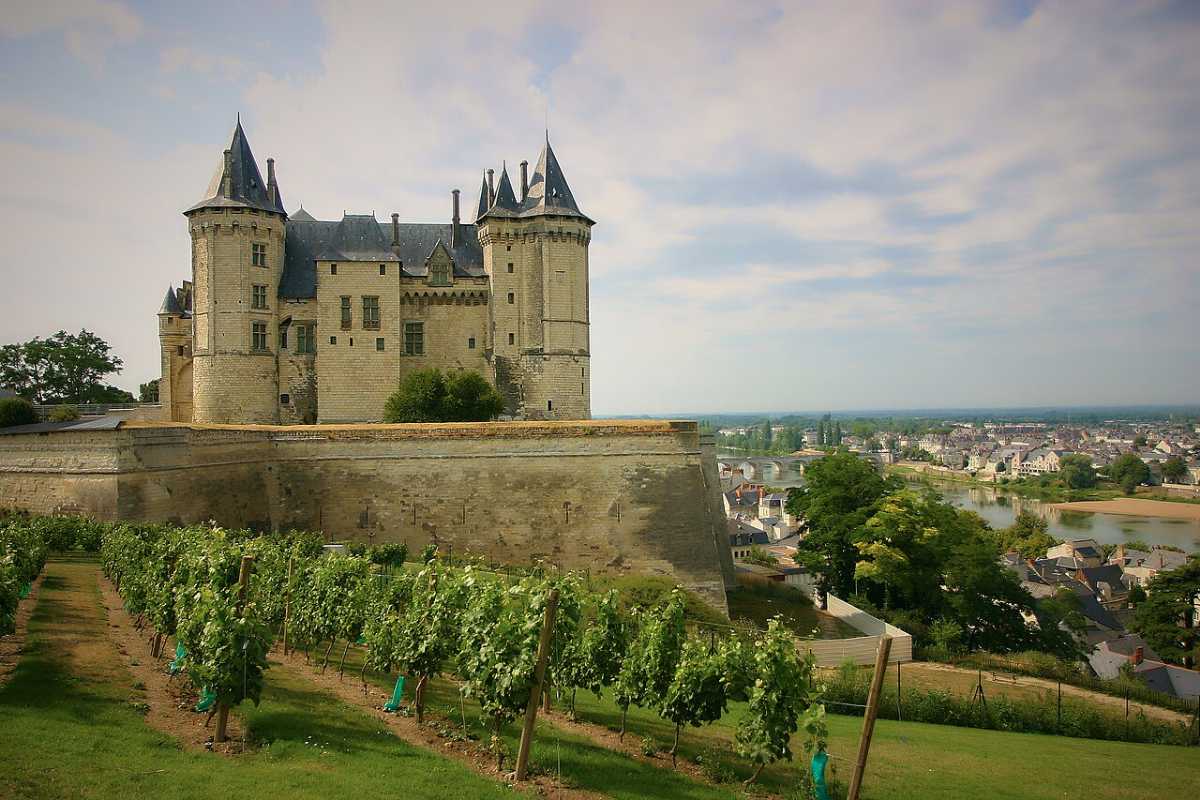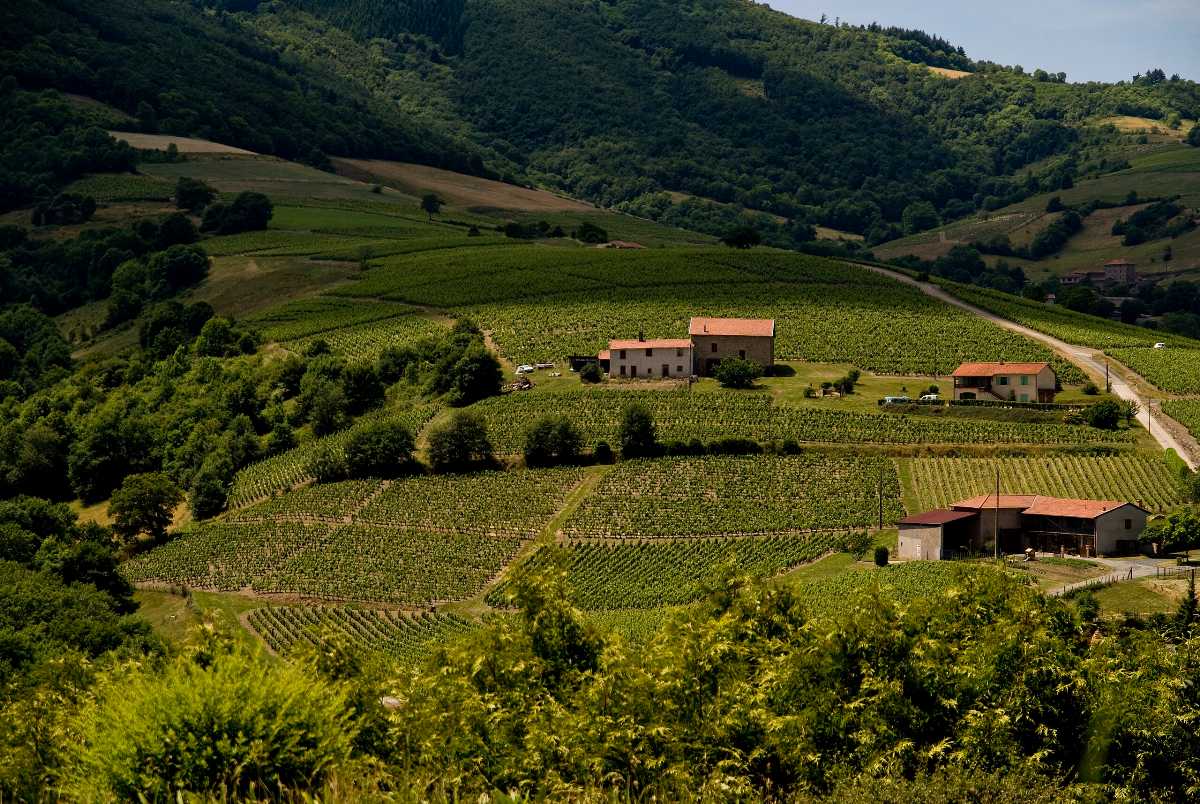France is the birthplace of some of the most iconic wines in the world, and exploring the wine regions in France is nothing short of a dream for wine lovers and cultural adventurers. With a winemaking history that dates back to 600 BC, it has become a symbol of quality, tradition, and terroir. Alongside Italy and Spain, it remains one of the world’s largest and most important wine producers, both in terms of volume and prestige. Covering nearly 900,000 hectares of vineyards, about 70% of the grapes grown here are for red wine, and 30% are for white. There are many special areas, each with its own technology and method to make sure the wine is good.
Top Wine Regions in France
1. Bordeaux

Bordeaux is a legendary name in the wine world, known for structured, age-worthy reds. Wines are made by blending soft Merlot, powerful Cabernet Sauvignon, and aromatic Cabernet Franc. Saint-Émilion specializes in Merlot-dominant wines aged in underground cellars, while Margaux wines are Cabernet-focused and known for their finesse and floral character. Located on the Atlantic coast in southwestern France, it boasts over 7,000 wineries and 65 appellations.
Main Grapes: Merlot, Cabernet Sauvignon, Cabernet Franc
Top Areas: Saint-Émilion, Médoc, Margaux, Pomerol
Must-visit wineries: Château Margaux, Château Cheval Blanc, Château Pape Clément
How to reach: Take a high-speed train (TGV) from Paris to Bordeaux in 2 hours. Rent a car or book wine tours to explore nearby appellations.
2. Burgundy

Burgundy wine region France is best known for its silky Pinot Noir reds and elegant Chardonnay whites. Chablis, in the north, produces mineral-rich white wines, while Beaujolais in the south is famous for its fruity reds made from the Gamay grape. You can explore picturesque villages along the famed Côte d'Or such as Gevrey-Chambertin, Beaune, Meursault, and Puligny-Montrachet. Côte d'Or is divided into Côte de Nuits, known for robust reds, and Côte de Beaune, producing both exceptional reds and whites.
Main Grapes: Pinot Noir (red), Chardonnay (white)
Top Areas: Côte de Nuits, Côte de Beaune, Chablis, Beaujolais
Must-Visit Wineries: Domaine de la Romanée-Conti, Maison Joseph Drouhin, Domaine Armand Rousseau
How to Reach: Take a train from Paris to Dijon or Beaune (1.5–2 hours). Rent a car or bike to explore wine villages and tasting rooms.
3. Champagne

Champagne village in France is where real Champagne, orld’s best sparkling wine, comes from. These sparkling wines are made using a special method that creates fine bubbles. Brut Champagne is dry and fresh, while Blanc de Blancs is made only with Chardonnay for a crisp taste. Visit famous Champagne houses and walk through ancient underground cellars.
Main Grapes: Chardonnay, Pinot Noir, Meunier
Top Areas: Reims, Épernay, Côte des Blancs
Must-Visit Wineries: Veuve Clicquot, Taittinger, Dom Pérignon
How to Reach: Trains run from Paris to Reims or Épernay in about 45 minutes. Local taxis or wine shuttles can take you to the vineyards.
4. Alsace

Located near the German border, Alsace produces some of the best white wines in France. Wines like Riesling are crisp and citrusy, while Gewürztraminer is floral and slightly sweet. You can drive along the scenic Alsace Wine Route, winding through charming villages with half-timbered houses and flower-filled window boxes, such as Riquewihr, Kaysersberg, and Colmar.
Main Grapes: Riesling, Gewürztraminer, Pinot Gris, Pinot Blanc
Top Areas: Colmar, Riquewihr, Eguisheim, Ribeauvillé
Must-Visit Wineries: Domaine Weinbach, Hugel & Fils, Domaine Zind-Humbrecht
How to Reach: Fly to Strasbourg or take a train from Paris (2 hours). Rent a car to explore the wine route or join guided tours.
5. Loire Valley

The Loire Valley is a UNESCO World Heritage Site stretching along the Loire River in western France. It is a vast and dynamic wine region in France known for its diverse range of wine styles, from crisp whites to elegant reds and sparkling wines. Sauvignon Blanc from Sancerre is zesty and fresh, and Chenin Blanc from Vouvray can be dry or sweet. You can also enjoy sparkling wines and Cabernet Franc reds.
Main Grapes: Sauvignon Blanc, Chenin Blanc, Cabernet Franc
Top Areas: Sancerre, Pouilly-Fumé, Vouvray, Chinon
Must-Visit Wineries: Domaine Vacheron (Sancerre), Château de Minière, Domaine Huet (Vouvray)
How to Reach: Train from Paris to Tours or Blois (1–2 hours). Rent a car or use local wine tours to reach the vineyards.
6. Rhone Valley

The Rhone Valley stretches from Lyon to Avignon and is known for powerful red wines. Located in southeastern France, the Rhône Valley stands out for its remarkable diversity of grape varieties and the distinct character of its Northern and Southern sub-regions. Northern Rhône produces Syrah-based reds, while Southern Rhône makes blends with Grenache, Syrah, and Mourvèdre. You can also try floral whites like Viognier.
Main Grapes: Syrah, Grenache, Mourvèdre, Viognier
Top Areas: Northern Rhône (Hermitage, Côte-Rôtie), Southern Rhône (Châteauneuf-du-Pape, Gigondas)
Must-Visit Wineries: Château de Beaucastel, Domaine Guigal, Domaine du Vieux Télégraphe
How to Reach: Take a TGV train to Avignon or Lyon (2–3 hours from Paris). Rent a car or book a Rhône wine tour.
7. Provence
Located in the south of France, Provence is sunny, stylish, and perfect for sipping rosé wine in France. These wines are light, fruity, and refreshing. The region also makes full-bodied reds and fresh whites. Enjoy tastings with views of the sea, lavender fields, or ancient villages.
Main Grapes: Grenache, Syrah, Cinsault, Vermentino
Top Areas: Bandol, Cassis, Aix-en-Provence, Côtes de Provence
Must-Visit Wineries: Château d’Esclans, Domaine Tempier (Bandol), Château La Coste
How to Reach: Fly to Marseille or take a train to Aix-en-Provence. Use local buses or rent a car to tour the vineyards.
8. Languedoc-Roussillon
Stretching along the Mediterranean coast from the Rhône delta to the Spanish border, Languedoc-Roussillon is the largest wine-producing region in France. Once known for cheap bulk wine, Languedoc-Roussillon now focuses on quality and variety. Try Crémant de Limoux sparkling wine or explore the fortified sweet wines of Banyuls and Rivesaltes. Here you can try high-quality wines at more affordable prices compared to some other French regions.
Main Grapes: Carignan, Syrah, Grenache, Viognier
Top Areas: Limoux, Corbières, Minervois, Fitou
Must-Visit Wineries: Château Saint Martin de la Garrigue, Domaine Lafage, Antech (Limoux)
How to Reach: Fly into Montpellier or Carcassonne. You can also reach the region by TGV train. Rent a car for the best vineyard access.
9. Jura and Savoy
Jura and Savoy are small, mountain regions with rare and interesting wines, eastern part of France, near the Swiss border. They offer a different kind of French wine experience, with stunning alpine landscapes and distinctive wines. Vin Jaune is a local specialty with a nutty flavor, similar to sherry. The white wines are crisp and dry, perfect with Alpine cheeses like Comté and Beaufort.
Main Grapes: Savagnin, Chardonnay, Poulsard, Jacquère
Top Areas: Arbois, Château-Chalon (Jura); Seyssel, Apremont (Savoy)
Must-Visit Wineries: Domaine André et Mireille Tissot, Domaine Giachino
How to Reach: Take a train from Lyon or Geneva to Chambéry (Savoy) or Lons-le-Saunier (Jura). A car is recommended to explore remote villages and cellars.
10. Corsica
The island of Corsica, with its Mediterranean flair and contrasting climate, offers a unique wine experience. Local grapes like Niellucciu and Vermentino make flavorful wines with a wild, herbal twist.
Main Grapes: Niellucciu, Sciaccarellu, Vermentino
Top Areas: Patrimonio, Calvi, Ajaccio
Must-Visit Wineries: Domaine Comte Abbatucci, Clos Canarelli, Domaine Vico
How to Reach: Fly from mainland France to Bastia or Ajaccio. Ferries also run from Nice, Marseille, and Toulon. Rent a car to travel between vineyards.
Best Time to Visit Wine Regions in France
The best time to visit the wine regions in France is from April to October, when vineyards are in full swing and most wineries are open for tastings. Spring (April–June) offers mild weather, blooming vineyards, and fewer crowds—perfect for scenic wine routes in Loire Valley, Alsace, and Burgundy wine region France. Summer (July–August) is lively with festivals and outdoor tastings, ideal for sipping rosé wine in Provence or exploring Champagne France, though it can be busy in popular areas.
For serious wine lovers, September to October (harvest season) is the best time. This is when you can see or even take part in the grape harvest, enjoy seasonal festivals, and taste freshly pressed juice in regions like Bordeaux, Rhône Valley, and Burgundy. While November to March is quieter, some regions like Jura, Savoy, and Alsace offer cozy tastings, truffle pairings, and festive events. Always book tastings in advance, especially during harvest or holiday periods.
Tips for Wine Tastings in France
- Look at the Color: Hold your glass up to the light. Red wines go from light ruby to deep garnet, whites from pale yellow to golden.
- Swirl and Smell: Gently swirl your wine and sniff. Can you smell fruit, flowers, or spices? This tells you a lot about the wine.
- Sip Slowly: Take a small sip and let it cover your whole mouth. Notice what you taste—fruity, dry, smooth, or spicy?
- Notice Acidity and Tannins: White wines may be zesty or soft. Reds might feel dry in your mouth—that’s tannins, which add structure.
- Take Notes: Jot down what you liked and didn’t—it helps you remember your favorites later.
- Cleanse Your Palate: Use plain crackers or bread between wines so you can taste each one clearly.
With over 300 wine appellations and endless vineyard landscapes, exploring the wine regions in France is both a cultural and sensory journey. Whether you're seeking the power of wine in Bordeaux, the elegance of Alsace white, or the sparkle of Champagne France, every region offers something special. So pack your corkscrew (or not, they’ll have one ready), and get ready to sip your way through the most iconic French regions of wine!